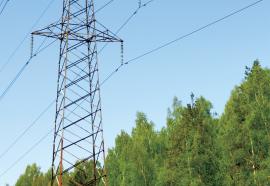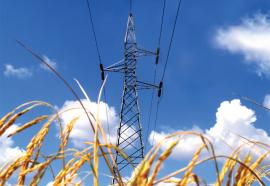Green Imagineering
Perception trumps reality at Florida ‘solar city.’
Once upon a time, a real estate developer dreamed of building a planned community. The developer, Syd Kitson, envisioned a “city of tomorrow™” in southwestern Florida, designed for efficiency, convenience and harmony with nature. Instead of driving cars everywhere, the 45,000 residents of Kitson’s Babcock Ranch would ride bikes to school, and walk to the cinema. They’d take a tram to visit friends in another hamlet, on the other side of a lush wildlife preserve.











